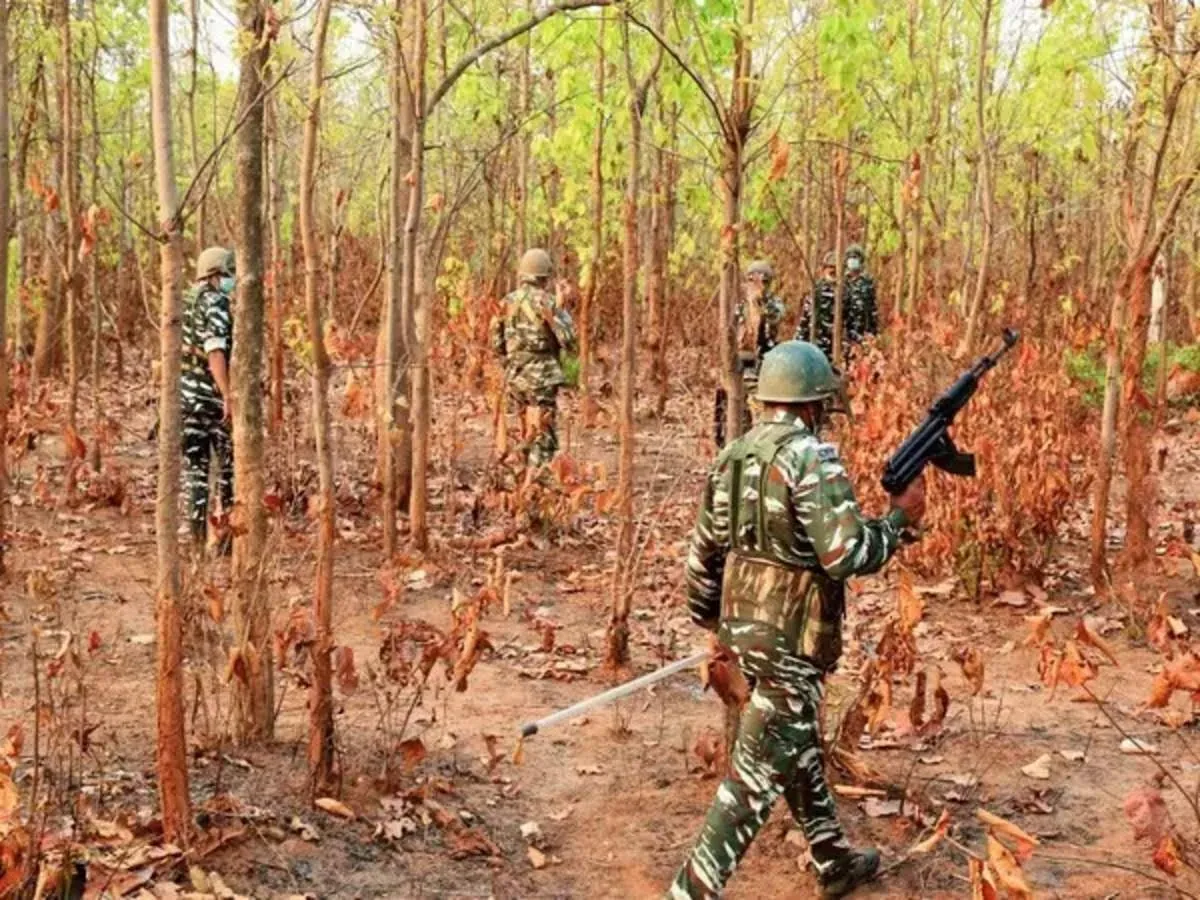In a significant development in India's ongoing struggle against left-wing extremism, security forces neutralized 28 suspected Maoist rebels during a confrontation in the central state of Chhattisgarh. The incident occurred on October 4, 2023, approximately one year ago, during a search operation conducted by police in areas bordering the Narayanpur and Dantewada districts.
The Maoist insurgency, also known as the Naxalite–Maoist insurgency, has been a persistent challenge for India since its inception in 1967. The conflict, primarily centered in the region often referred to as the "Red Corridor," has resulted in over 12,000 fatalities since 2000. Chhattisgarh, formed as a new state in 2000, has been one of the most affected areas in this long-standing conflict.
The Maoist rebels, who derive their name from the village of Naxalbari in West Bengal, adhere to a form of communism inspired by the late Chinese leader Mao Zedong. Their ideology opposes industrialization and advocates for agrarian socialism, often finding support among the Adivasi (tribal) populations in remote, underdeveloped areas.
Chhattisgarh's strategic importance in this conflict is underscored by its rich mineral resources, including coal, iron ore, and bauxite. The state's wealth in natural resources contrasts sharply with its high poverty rates, creating a complex socio-economic backdrop to the insurgency.
The Indian government has taken various measures to address the Maoist issue. In 2006, then-Prime Minister Manmohan Singh described the Maoist insurgency as India's "greatest internal security challenge." Subsequently, in 2009, the government launched Operation Green Hunt to combat the insurgency more aggressively.
The recent encounter highlights the ongoing nature of this conflict. While the police reported no casualties on their side in this particular incident, the Maoist insurgency has historically resulted in losses on both sides. The rebels, designated as a terrorist organization by the Indian government, have been known to use guerrilla-style tactics and improvised explosive devices (IEDs) in their operations.
It's important to note that the conflict has had far-reaching implications beyond the immediate violence. The insurgency has affected development and infrastructure projects in the region, contributing to the perpetuation of poverty and underdevelopment. Moreover, international human rights organizations have raised concerns about human rights abuses committed by both sides in the conflict.
The Maoist movement, over the years, has fragmented into various factions, some of which have engaged in peace talks with state governments. However, a comprehensive resolution to the conflict remains elusive. The situation in Chhattisgarh and other affected states continues to be a significant challenge for Indian policymakers, balancing the need for security with addressing the underlying socio-economic issues that fuel the insurgency.
As India continues to grapple with this complex issue, incidents like the recent clash in Chhattisgarh serve as reminders of the ongoing nature of the conflict and the need for multifaceted approaches to address its root causes.
